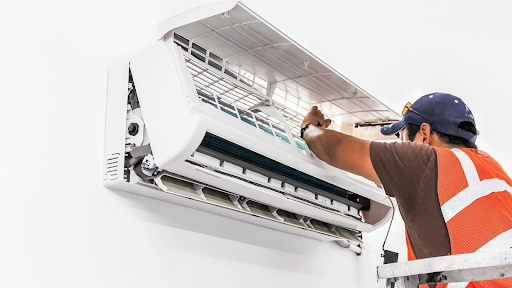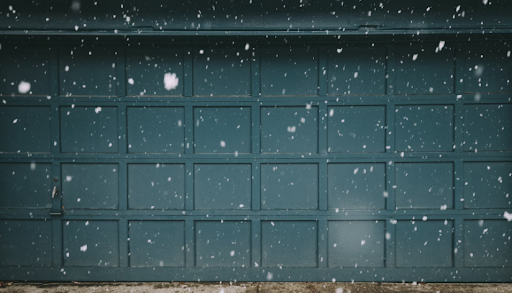The broad range depends on several factors, like how pointy the bullet is and which part of the body it strikes. Skin thickness varies significantly from person to person, and in different places on the same individual. Upper-lip skin is 50 percent thicker than cheek skin, for example. Babies have thin skin, and elderly skin has poor elasticity, which makes it easier to puncture.
Hard objects like a skull will not expand the bullet. Nominal muzzle velocity is 1,246.7 feet per second (380.0 m/s). Therefore, despite all the arguments of the lethal range, the first rule of gun handling is to ensure that firearms are always pointed downwards.
When we look at the 124 or 125 grain bullet, the highest recommended velocity to load the round to is 1150 feet per second or 784 miles per hour. We do have wind, which can make bullets fired even straight up come down up to two miles away. The delivery system is what limits the range, and for most service pistols, to hit fifty yards under street conditions is a difficult and long shot to take and make a hit. To expand on this question we must understand the purpose of having a pistol and its primary use. You have to ask yourself, what is the use of a handgun?
Most household objects won’t reliably stop a bullet. Bullets easily puncture most walls, doors, yayoins reviews and floors. However, brick, concrete, and cinder blocks effectively stop most common calibers.
Assuming you mean “caliber as measured in inches”, the 9mm is basically a .38 caliber bullet (.38 of an inch in diameter). Provided you are comparing two guns of the same size, the 9mm will always have a higher magazine capacity than .40 S&W. Therefore, a 9mm handgun enables you to perform better than .40 S&W. High-pressure rounds that produce a recoil impulse can be uncomfortable for some shooters and also more challenging to shoot with one hand. Regardless of your budget, if you shoot the 9mm you will get more training for your money, and therefore become more proficient with your gun. Suppose you use 1000 rounds that means you pay about $80 more for your ammunition when shooting with the .40 S&W.
Because of this, the rounds slow down when in flight. Drag varies with the ballistic coefficients of the round. It can be checked using the size and shape of the rounds. If the shape of your handgun bullet is a spire nose, it creates less drag making the round of the gun faster. Each different firearm and bullet will have a different range, with tons of other variables including weather, windspeed, the trajectory, and so on. According to theNational Rifle Association, if you’re going for distance, the optimal angle of elevation is around 30 degrees from horizontal.
However, the barrel length on these guns, usually 16 inches or more, gives most handgun cartridges a significant boost in performance. A 9mm coming out of a 16-inch barrel is producing more energy than out of a 4-inch pistol barrel. “The effective range of the 9mm is about 100 m although the bullet does travel and is lethal at longer ranges.” If your talking about a 9mm rifles but we’re talking about a pistols. 100 m is a little far for the average GI to shoot with a pistol making 100 m the Maximum Effective Range.



